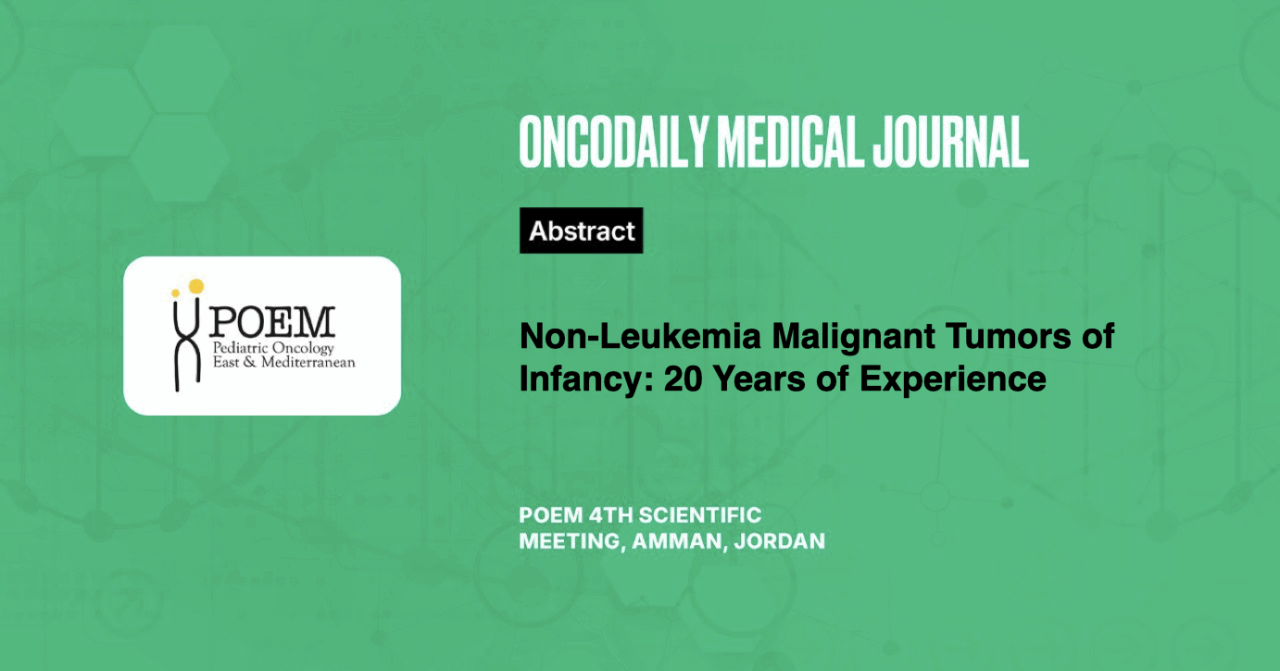Non-Leukemia Malignant Tumors of Infancy: 20 Years of Experience
Abstract
Introduction: Tumors in infants are mostly benign, and malignant ones are rare. They differ from those in older children regarding anatomical sites, histological features, and behavior. These group’s unique physiological and developmental characteristics require adapted multimodality approaches for diagnosis and treatment. We aimed to evaluate the characteristics and outcomes of infant tumors diagnosed over 20 years in our center.
Methodology: A total of 515 infants out of 4777 children who were admitted to Hacettepe University Department of Pediatric Oncology with a diagnosis of malignant tumor between 2000 and 2020 were evaluated retrospectively.
Results: There were 275 males (53.4%) and 240 females (46.6%) with a mean age of 6.1 ± 3.4 months. Thirty-two (6.2%) of them were diagnosed in the newborn period. Prenatal diagnosis was made in 4.9% of patients. The most common presentation was swelling or symptoms due to mass effect (81.6%). The mean time to diagnosis was 31.3 ± 44.7 days. The most common histopathological diagnoses were retinoblastoma (33.6%), neuroblastoma (27.2 %), renal tumors (10.3%), and central nervous system (CNS) tumors (9.7%), respectively. The three most common tumors in newborns were neuroblastoma (46.9%), CNS tumors (15.6%), and renal tumors (12.5%).
Bilateral tumors were found in 22.1% of cases. Multimodal treatment was applied according to histopathological diagnosis, stage, and risk group. Patients followed a median of 74.5 months. The 5-year overall survival (OS) was 86.6% in the whole group and 83.4% in newborns. The best 5-year OS was observed for retinoblastoma (92.2%), renal tumors (91.9%), and neuroblastoma (91.6%). The lowest OS was observed for CNS tumors (52.5%).
Conclusion: We found that 10.8% of all childhood cancers occur in infancy. Retinoblastoma and neuroblastoma were the most common types. The prognosis of all histopathological types, except brain tumors, was good. Our findings will contribute to a better understanding of the characteristics and outcomes of tumors in this age group.





